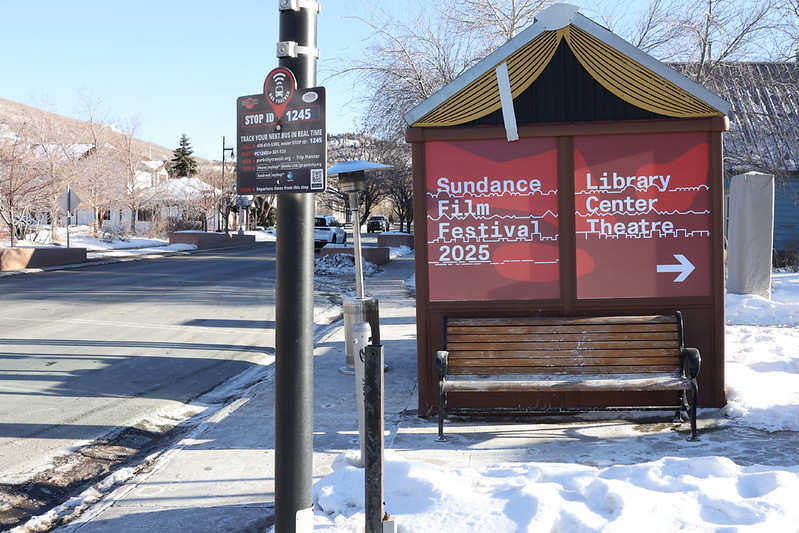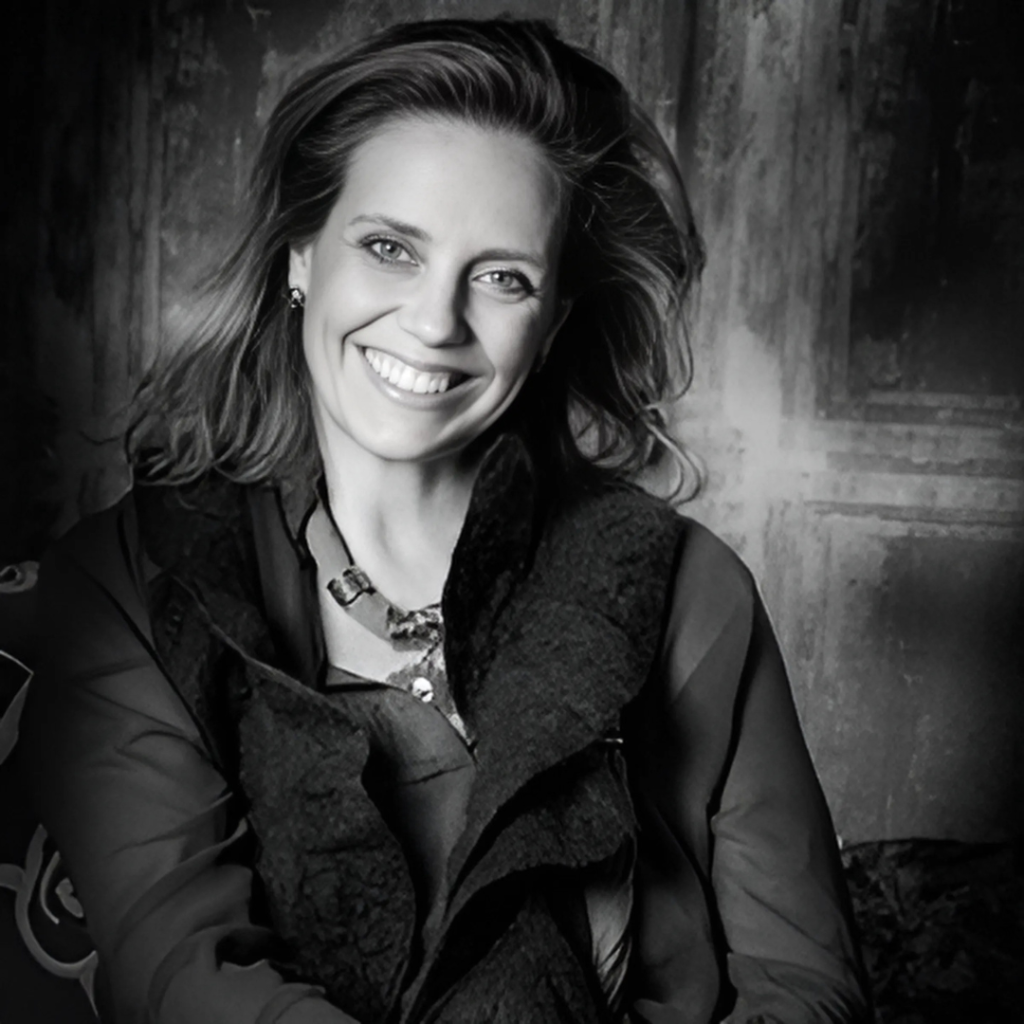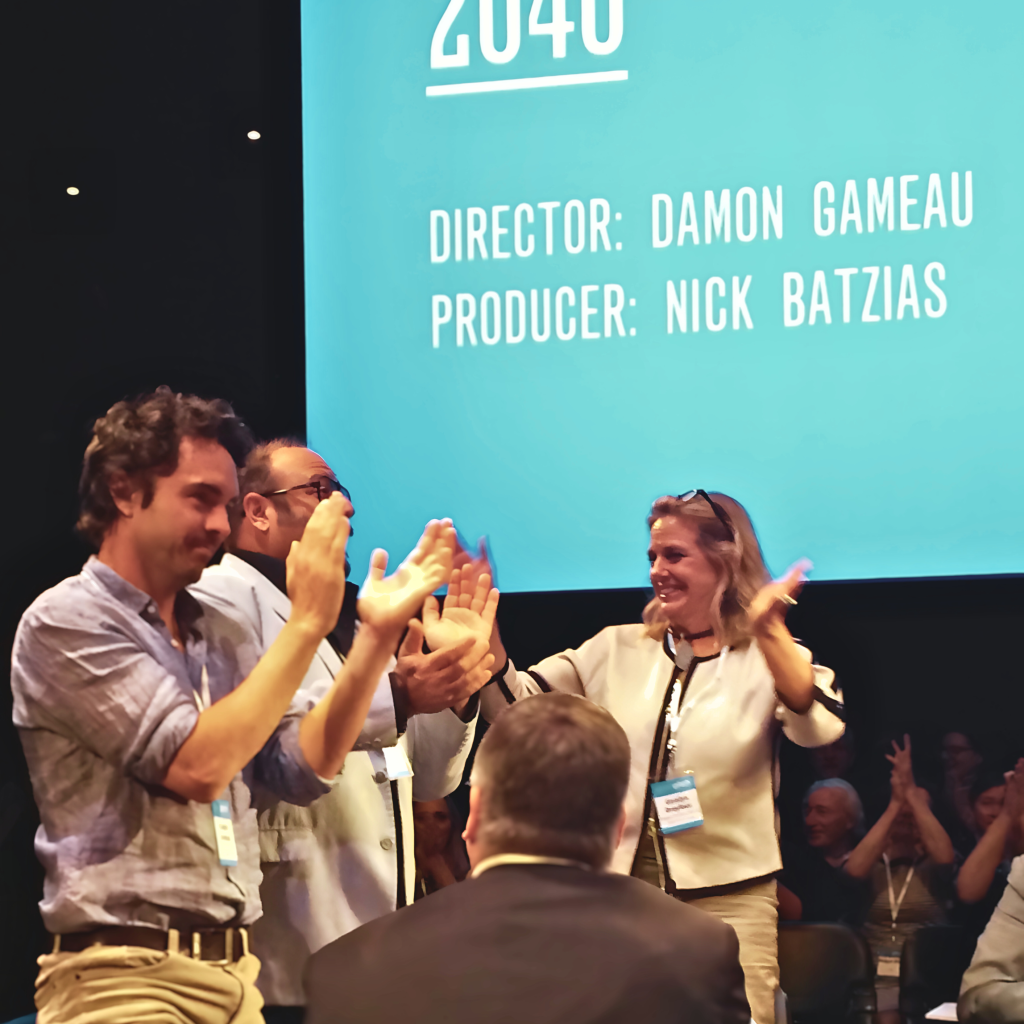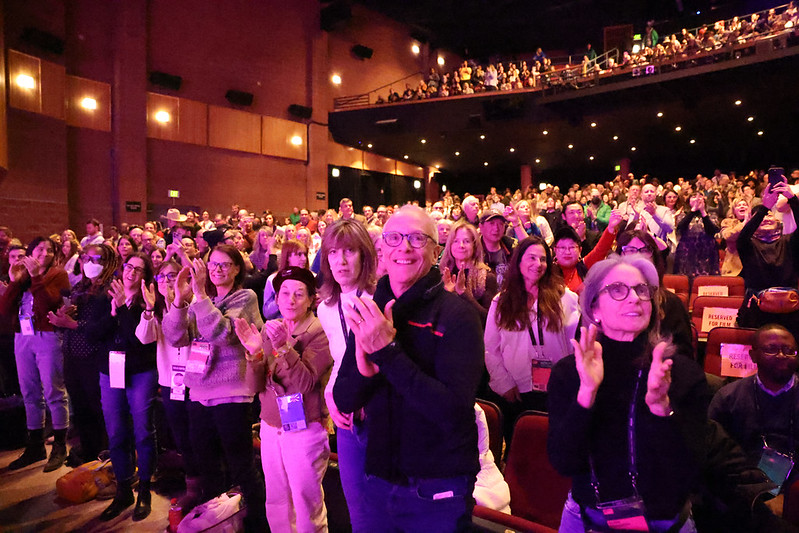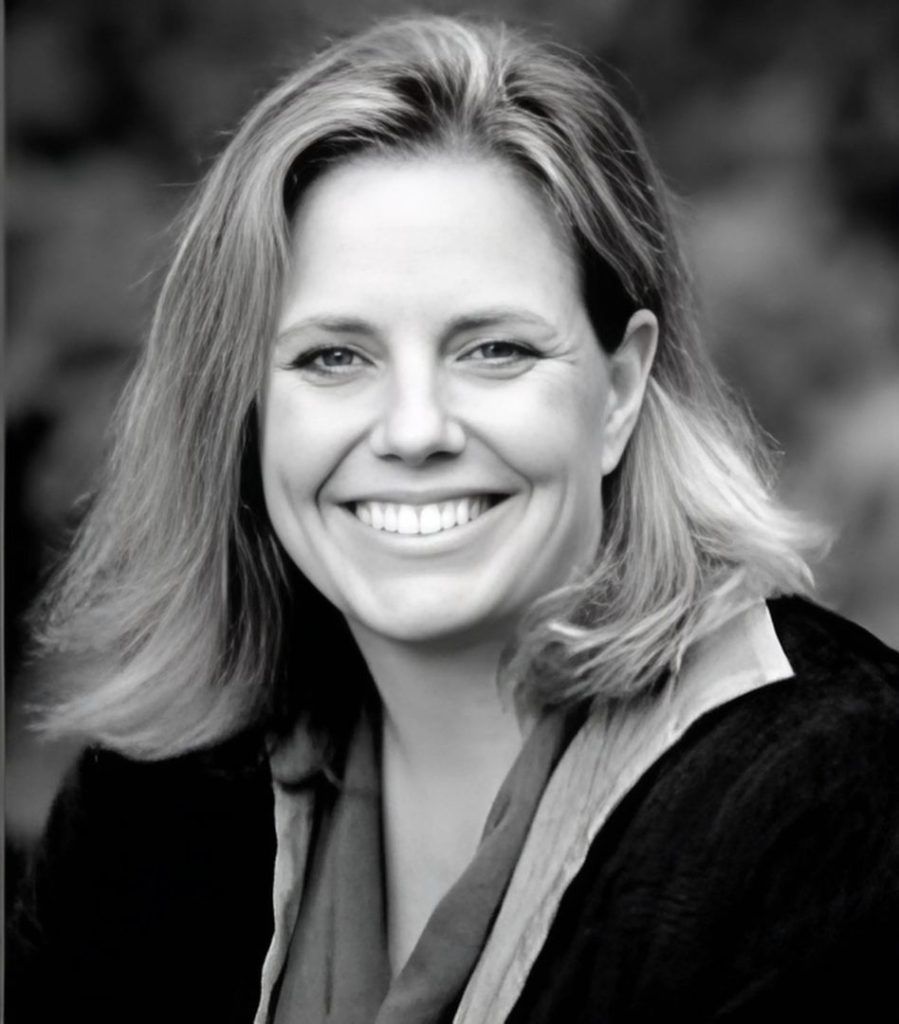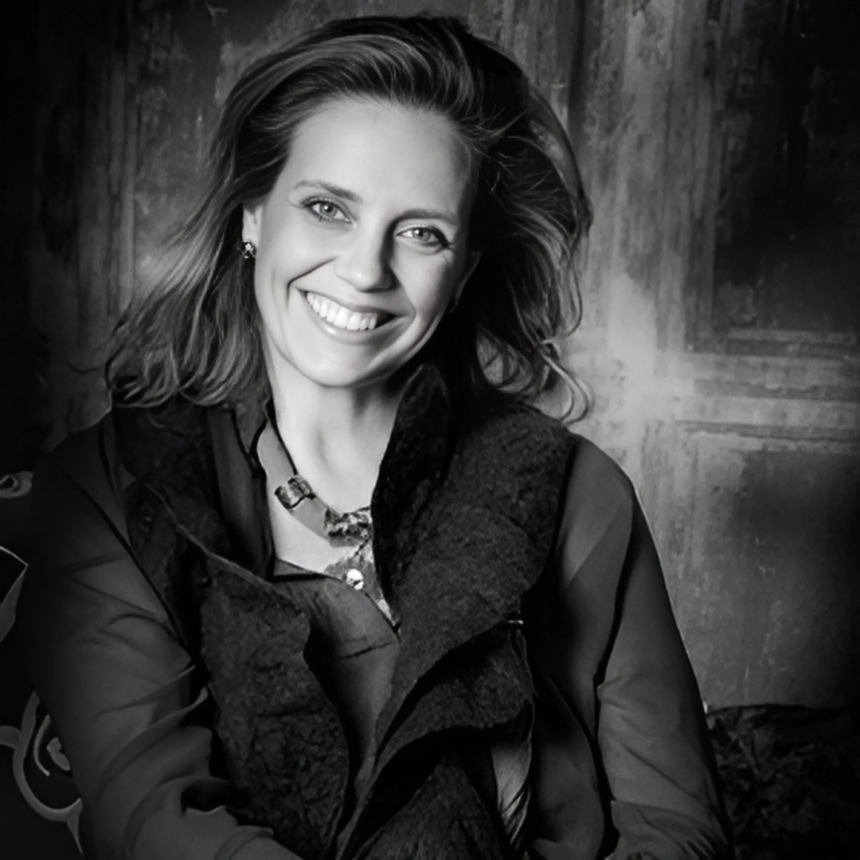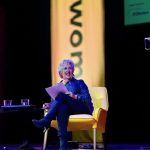Geralyn White Dreyfous is a legend in the film world. Her independent executive producing and producing credits include the Academy Award winning Navalny (2022); Academy Award winning Born Into Brothels (2004); Academy Award Nominated And Peabody Award winning The Invisible War (2012), Academy Award Nominated And Emmy Award winning The Square (2013), and Emmy Award winning 16 Shots (2019). Geralyn has also had multiple festival winners and nominees such as Miss Representation (2011), Meet The Patels (2014), Alive Inside (2014), The Hunting Ground (2015), Bending The Arc (2017), The Judge (2017), Step (2017), Be Natural (2018), Won’t You Be My Neighbor? (2018), Always In Season (2019), The Great Hack (2019), Us Kids (2020), and The Truffle Hunters (2020).
Last year she was also an executive producer on Ian Darling’s Aussie favourite The Pool (2024).
Geralyn is a Founder and Board Chair of Utah Film Center, Co-Founder of Impact Partners, and a founding member of Gamechanger Films. She has been recognised by Variety and the International Documentary Association for her significant contribution to documentary filmmaking.
Irresistible was lucky enough to sit down with Geralyn at Sundance to hear her thoughts about the future of the film market, and who has inspired her along the way.
